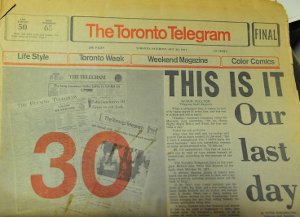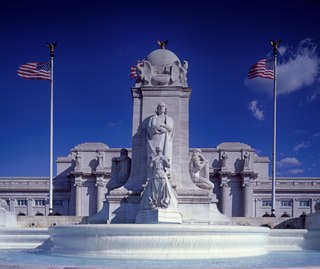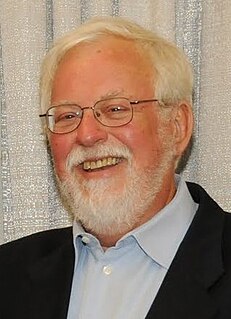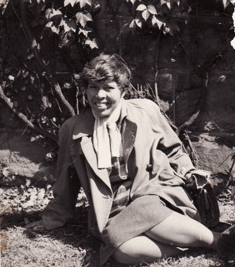| Music and Pageantry Committee | Ernest MacMillan, B.A., Mus. Doc., F.R.C.M., F.R.C.O., (Chairman), Captain J. S. Atkinson, Eugene Beaupré, Milton Blackstone, E. P. Burns, C. B. Cleveland, F.R.I.B.A., Fredric C. Foy, H. A. Fricker, M.A., Mus. Doc, F.R.C.O., (Chairman - Music Subcommittee), Major A. C. Galbraith, Miss Pearl McCarthy, M.A., B. Litt., (Oxon), J. Campbell McInnes, A. J. Mason, Lawrence Mason, M.A., Ph.D., J. E. Middleton, Herbert E. Moore, F.R.A.I.C., (Chairman - Pageantry Sub-Committee), W. M. Murdoch, George A. Patton, B.S.A., Thomas M. Sargant, Owen Staples, O.S.A., Edgar Stone, Miss E. Tedd, F. R. McVity |
| Permanent Memorial Committee | George H. Locke, M.A., LL.D., (Chairman), C. E. Chambers, Hector Charlesworth, Shirley Denison, K.C., Alderman H. W. Hunt, Tracy D. Le May, Colonel Mackenzie Waters, M.C. |
| Flying Committee | Wing-Commander D. G. Joy, A.F.C., R.C.A.F., Squadron Leader G. S. O'Brian, A.F.C., R.C.A.F., Major R. E. Nicholl, Fleet-Lieutenant W. A. Curtis, D.S.C, R.C.A.F., Fleet-Lieutenant A. H. Keith Russell, R.C.A.F., Lee Murray |
| The "Toronto's Hundred Years" Publication Committee | F. D. L. Smith, (Chairman), Eric Arthur, M.A., A.R.I.B.A., Hugh Eayrs, Main Johnson, A. H. Robson |
| Travel Promotion Committee | W. Fulton, (Chairman), A. H. Foster, John V. Foy, W. F. Prendergast, H. F. Tilley, Charles Watson |
| Veteran Reunion Committee | Major Alex Lewis, (Chairman), Colonel W. Rhodes, D.S.O., M.C., Captain W. W. Parry, K. C., Captain V. W. Fairweather, Sergeant Charles J. Brown |
| Pictures Committee | Martin Baldwin, M. O. Hammond, Arthur Lismer, T. A. Reed |
| Religious Services Committee | Rev. Canon C. V. Pilcher, M.A., D.D., Anglican Church, (Chairman), Rev. John Marshall, Baptist Church, Rev. G. M. Dunn, Presbyterian Church, Rev. G. Kelly, B.A., Roman Catholic Church, Major Noah Pitcher, Salvation Army, Rabbi S. Sachs, B. A., Jewish Synagogues, Rev. W. Harold Young, M.A., D.D., United Church of Canada |
| Stamp Exhibition Committee | C. F. Foster, Fred Jarret, G. G. Macdonald, W. I. MacTavish, Donald Taylor |
| Sports Committee | Lieutenant-ColonelT. R. Loudon, (Chairman), George H. Beedham, Hamilton Cassels, John de Gruchy, Chief Inspector George Guthrie, Alderman Fred Hamilton, Charles E. Higginbottom, Elwood Hughes, James G. Merrick, P. J. Mulqueen, Fred Nobert, Harry Price, MPP, Charles E. Ring, Major Alexander Sinclair, John W. Turner, T. K. Wade |
| Street Decorations Committee | Lieutenant-Colonel F. H. Marani, F.R.A.I.C., (Chairman), Fred S. Haines, Maurice Grimbly, F. M. Kay, Ivor Lewis, F. W. Peasnell, Percy Quinn, W. H. Stainton |
| Flower Show Committee | Percy Bone, (Chairman), C. E. Chambers, G. I. Christie, B.S.A., Ds. C., John F. Clarke, Harry Endean, J. B. Fairbairn, Lionel Godson, John S. Hall, William McKay, F. C. Nunnick, B.S.A., John Oakes |
| Song Judging Committee | Ernest Seitz, (Chairman), Jack Arthur, Rex Battle, Donald Heins, Peter C. Kennedy, E. J. Pratt, M.A., D.D. Th. D., F.R.S.C. |
| Public Address Committee | Major L. Anthes, W. J. Cairns, J. G. Clarke, S. B. Gundy, Colonel B. O. Hooper, J. McCoubrey, W. G. Mills, J. F. M. Stewart, John Tory, Captain R. J. Williams, E. W. Wright, K.C. |
| National Groups Committee | Kenneth L. Cameron, (Chairman), Mrs. Frank Adams, J. H. K. Booth, Mrs. P. Foster, N. Hornyansky, Rev. J. I. McKay |
| Drills Corps Display Committee | Inspector Robert Alexander, Mrs. J. B. Colgan, A. Coulter, Mrs. Mary Cusack, Mrs. J. Hall, Mrs. J. G. Howell, A. Johnson, Mrs. Thomas Kerr, Mrs. Charles C. Lewis, Mrs. Mary C. Mayhew, Morley E. McKenzie, R. E. Midgley, S. C. Parks, Display Marshall, Dr. H. Pocock, Mrs. Ruth M. Quinn, Mrs. Rockwood, John Roxborough |
| Mailing List Committee | George A. Mitchell, (Chairman), W. J. Foster, Mrs. A. May Ralston |



















